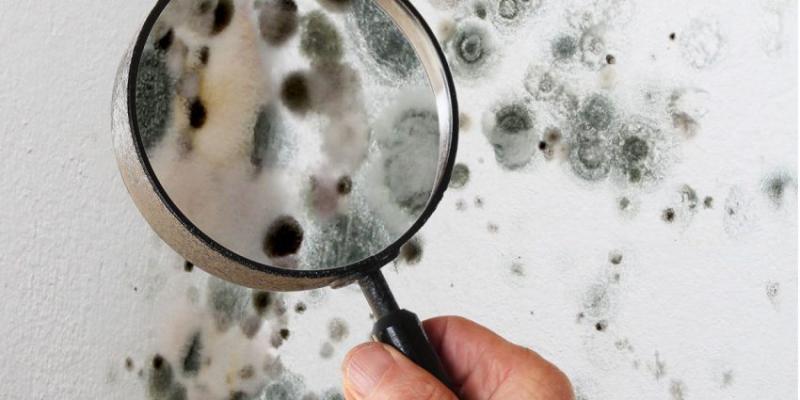Mould in Buildings: What is it and how can it be Prevented?
Concern about mould in construction has been increasing as people become aware that exposure to mould can cause a variety of health effects and symptoms, and impact decay of the building’s structure.
As people spend a substantial part of their day indoors, be that in their homes, offices, schools, etc., ensuring and maintaining a good level of air quality is an important factor to consider when it comes to their health and wellbeing.
What is Mould?
Mould is a collective name for several species of fungi, in particular filamentous fungi. Moulds are ubiquitous and when conditions are favourable, they can reproduce very quickly on almost any surface. (Bradley Prezant, 2008) They can be found in varying degrees of species in both outdoor air and indoor air (Wiesmüller GA, 2017).
Mould in buildings can be visible or hidden, but it is generally an indication of a weak point such as thermal bridging, condensation, leaks, or penetrating or rising damp.

Having no control of the indoor air quality can lead to mould growth and health issues. Exposure to microbial contaminants is known to be associated with increased respiratory symptoms including coughing, wheezing, asthma and COPD, to name a few. (Fisk WJ, 2007)

























